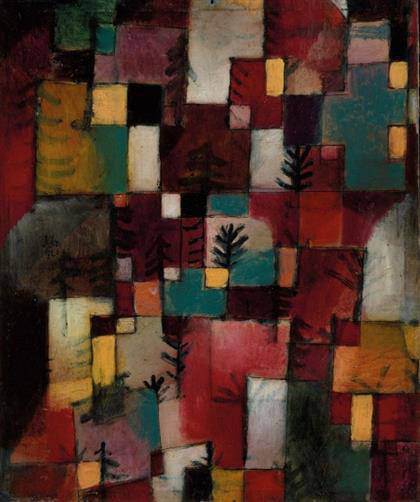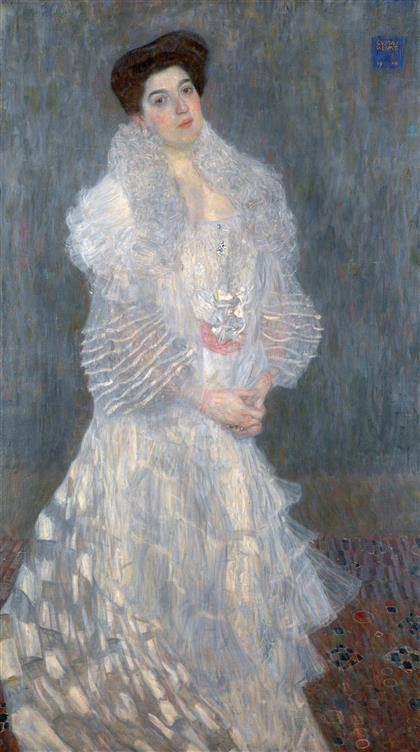
Paul Klee
Red green and Violet-Yellow Rhythms, 1920
Lent by The Metropolitan Museum of Art
The Berggruen Klee Collection, 1984 (1984.315.19)
Image © The Metropolitan Museum of Art /
Source: Art Resource/Scala Photo Archives
Paul Klee: Making Visible – Tate Modern Paul Klee’s intense and intricate work is the subject of a major new exhibition at Tate Modern from 16 October 2013 to 9 March 2014, the UK’s first large-scale Klee exhibition for over a decade.]]>
Source: Tate Modern
Bringing together over 130 colourful drawings, watercolours and paintings from collections around the world, The EY Exhibition – Paul Klee: Making Visible spans the three decades of his career: from his emergence in Munich in the 1910s, through his years of teaching at the Bauhaus in the 1920s, up to his final paintings made in Bern after the outbreak of the Second World War. The show reunites important groups of work which the artist created, catalogued or exhibited together at these key moments in his life. Having since been dispersed across museums and private collections, Tate Modern is showing these delicate works alongside each other once again, often for the first time since Klee did so himself, in a unique chance to explore his innovations and ideas.
Born in Switzerland in 1879, Klee started out as a musician like his parents but soon resolved to study painting in Munich, where he eventually joined Kandinsky’s ‘Blue Rider’ group of avant-garde artists in 1912. Tate Modern’s exhibition begins with his breakthrough during the First World War, when he first developed his individual abstract patchworks of colour. The many technical innovations that followed are showcased throughout the exhibition, including his unique ‘oil transfer’ paintings like “They’re Biting” from 1920, the dynamic colour gradations of “Suspended Fruit” from 1921 and the multicoloured pointillism used in “Memory of a Bird” from 1932.
The heart of the exhibition focuses on the decade Klee spent teaching and working at the Bauhaus. The abstract canvases he produced here, such as the rhythmical composition “Fire in the Evening” fro 1929, took his reputation to new international heights by the end of the 1920s. The 1930s then brought about radical changes, as Klee was dismissed from his new teaching position by the Nazis and took refuge in Switzerland with his family, while his works were removed from collections and labelled ‘degenerate art’ in Germany. Despite the political turmoil, financial insecurity and his declining health, he nevertheless became even more prolific. Tate Modern brings together a group of his final works from the last exhibition staged before his death in 1940.
Related content
Exhibition opening: Klee meets Picasso at the Zentrum Paul Klee (exhibition, 2010)
Follow us on:


